How Bangladesh uses China card to reopen doors in Delhi
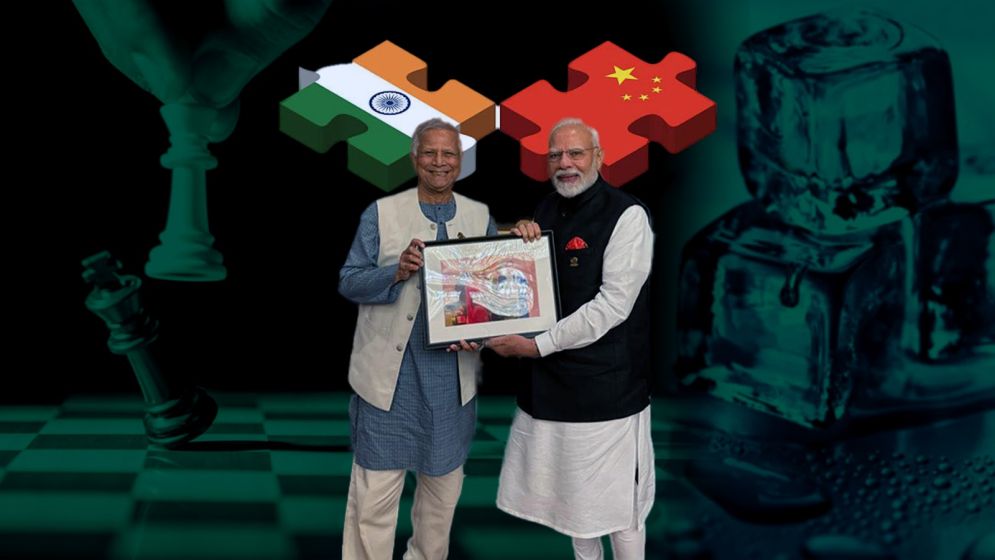
The handshake between Bangladesh’s Chief Adviser Muhammad Yunus and Indian Prime Minister Narendra Modi on the sidelines of the BIMSTEC summit on April 4 was not just a photo op.
It was a signal–quiet but clear–that New Delhi is recalibrating its stance toward Dhaka, after eight months of diplomatic frost following the dramatic ouster of Sheikh Hasina.
For most Bangladeshis, the change in government last August marked a pivotal shift — not only in leadership but in the public’s assertion of democratic will.
Yet, for India, our closest and most complex neighbor, the events of August 5 were met with silence. New Delhi, long a steadfast backer of Hasina, adopted a policy of wait-and-watch, as if history might reverse itself.
When Yunus assumed office at the head of an interim administration, he reached out to India. A formal request for a meeting with Prime Minister Modi went unanswered.
A series of diplomatic gestures–meetings between foreign ministers in New York, a visit to Dhaka by the Indian foreign secretary–produced little movement.
The message was unmistakable: India preferred to wait for elections, hoping perhaps that the political winds in Bangladesh would once again blow in Hasina’s direction.
But Bangladesh, under Yunus, moved forward–and–eastward.
In March, he visited China. There, at the Boao Forum, a high-profile gathering of Asia’s business and political elite, Yunus delivered a speech that turned heads not just in Beijing but in New Delhi.
He called Bangladesh a “guardian of the ocean” for India’s landlocked northeast, and suggested that Bangladesh could serve as an “extension of the Chinese economy.”
The framing was bold, some would say provocative — but it reflected a new reality: Bangladesh is not a passive actor on a regional chessboard. It is pursuing its own interests, its own partnerships.
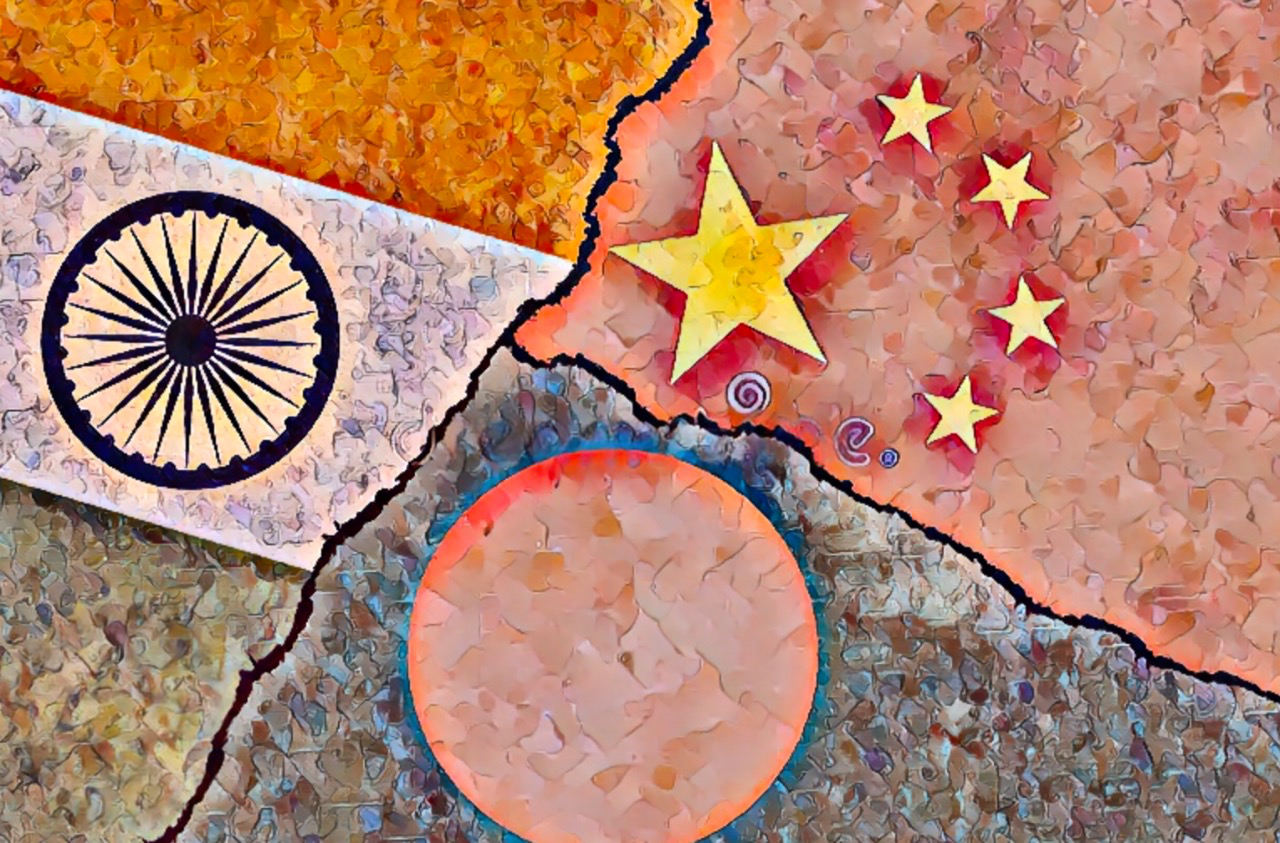
The
Indian reaction
The reaction in India was swift, though not official.
While the Ministry of External Affairs remained publicly muted, New Delhi’s foreign policy hawks — many of whom often speak the government’s mind — raised alarm bells.
There were warnings about national security and veiled accusations of geopolitical naivety. But behind the headlines, India seemed to recognize the need for course correction.
Hence, the April 4 meeting. It wasn’t warm–but it was real. In diplomacy, that often matters more.
For Bangladesh, the message is this: regional partnerships must be built on respect, not patronage. Bangladesh has no intention of abandoning its relationship with India, but neither will it remain boxed in by old loyalties.
The Yunus government, for all its interim status, is carving out a policy that seeks balance–between tradition and transformation, between Delhi and Beijing, between legacy and legitimacy.
Some call it naïveté. Others, a calculated maneuver. Either way, when Bangladesh’s Chief Adviser Muhammad Yunus leaned toward China, it wasn’t out of ideological affinity–it was strategic necessity.
For decades, India has considered Bangladesh its natural sphere of influence, a partner shaped by shared geography and history. But what is often forgotten in New Delhi is that history, while shared, is also layered.
Bangladesh’s liberation in 1971 came with India’s support, yes — but it was our struggle. Generations of Bangladeshis still carry that memory with pride, even as a good number of people have erased the very house where Sheikh Mujibur Rahman once lived and led.
That scarred heritage still matters here, even if political winds have shifted.
So when Yunus, shunned for months by India after the ousting of Sheikh Hasina, took the stage at China’s Boao Forum last month and invited Beijing to see Bangladesh as a gateway to the seven landlocked Indian states of the northeast–it was more than a symbolic turn.
It was a statement of leverage. The same leverage New Delhi had long assumed it possessed exclusively.
In contrast, a recent visit by Pakistani military officials to Dhaka barely stirred concern across the border. India knows where Bangladesh stands in that story.
But China? The calculus is different. And the move worked.
Despite prior denials from India’s Ministry of External Affairs, Yunus got his long-elusive meeting with Prime Minister Modi at the BIMSTEC summit in Bangkok.
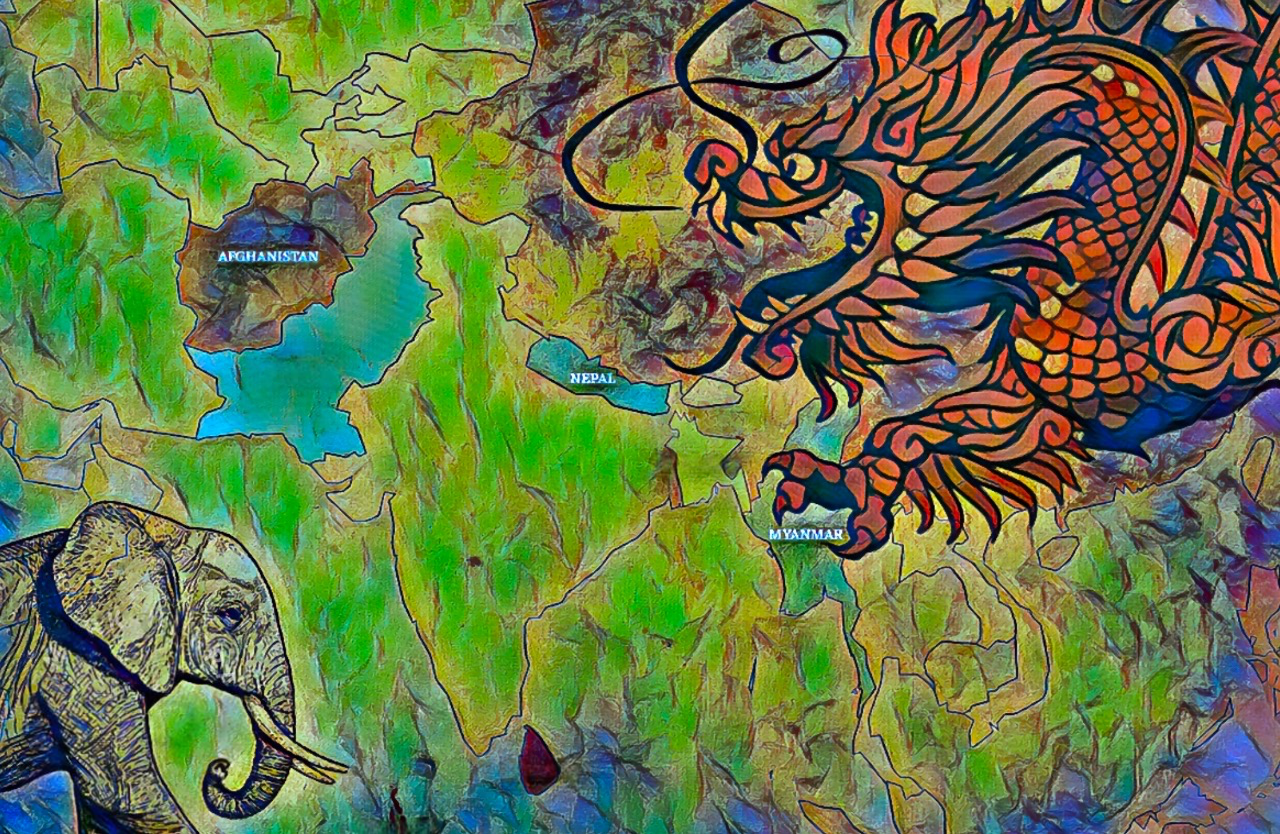
Why
might the Indian stance have changed?
Until then, India had taken a posture of strategic patience — preferring to wait out Yunus and bet on an eventual electoral transition.
But the optics of BIMSTEC stalling over Bangladesh-India tensions carried too high a diplomatic cost. New Delhi, which blames Islamabad for the collapse of SAARC, could not risk Bangladesh becoming the next scapegoat for regional dysfunction.
Does this mean India has finally moved through its stages of post-Hasina grief and arrived at acceptance?
Not quite. Within hours of the Yunus-Modi meeting, Indian officials pushed back against Bangladesh’s version of the conversation.
And then came the punitive measure: India abruptly ended the transshipment facility that allowed Bangladesh to move exports to third countries via Indian territory. It was, unmistakably, a signal– one that underlined how fragile the thaw remains.
By all accounts, the Yunus-Modi encounter was polite though, even warm.
Yunus reminded Modi of their earlier meetings– at the 2015 and 2017 editions of the Indian Science Congress– and the gold medal Modi had once presented him.
But cordiality alone doesn’t bridge strategic rifts. The talking points revealed just how far apart the two governments remain.
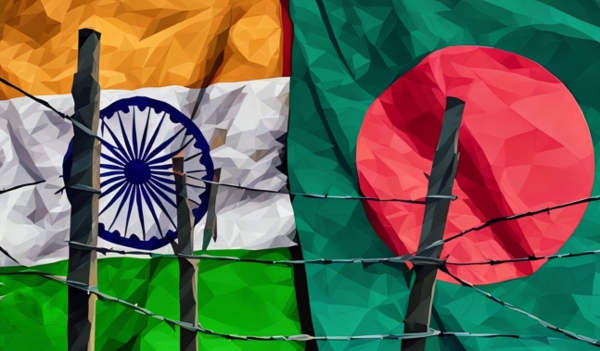
Diplomatic
hibernation or a new future?
Diplomacy is a dialogue of expectations, and right now, the expectations between Dhaka and New Delhi are as mismatched as ever.
Bangladesh wants accountability. Specifically, it wants India to stop sheltering Sheikh Hasina, who now is believed to be residing in India, and is facing a slew of serious allegations — from corruption to authorizing deadly crackdowns on peaceful demonstrators.
Dhaka has asked New Delhi to return her to face due process and, at the very least, to stop her from making inflammatory public statements against the interim administration.
India, on the other hand, has its own list. New Delhi expects the interim government in Dhaka to take swift and visible action to protect the Hindu minority, and to investigate violence committed against them with urgency.
These concerns are legitimate — but so is Bangladesh’s frustration over what it sees as selective moral standards, especially when Indians have rendered their main minorities—Muslims–essentially as second class citizens.
Nonetheless, at the recent BIMSTEC summit, Prime Minister Narendra Modi offered support for “a democratic, stable, peaceful, progressive, and inclusive Bangladesh.”
It was a carefully chosen phrase– diplomatic, forward-looking–but also pointed.
‘Inclusive’ is the word that stood out most to Bangladeshis, especially those who recall that such language was conspicuously absent during Hasina’s rule.
For years, India framed Bangladesh’s deeply flawed elections as “internal matters,” even as opposition parties were jailed, silenced, or driven into exile. ‘Inclusivity’ was never a concern when the ruling party won by default.
Now, with the tables turned, the rhetoric has shifted.
But many in Bangladesh are asking a more fundamental question: how “people-centric” is a bilateral relationship when India continues to provide safe harbor to a leader accused of using lethal force against her own citizens?
And what does it say about neighborly cooperation when India chooses this moment — with Bangladesh navigating international tariff shocks and internal economic strain — to pull the plug on vital transshipment facilities?
Those facilities, allowing Bangladesh to route export cargo through Indian ports, were crucial for the country’s ready-made garment industry.
Now, with air freight options limited and costs rising, that sector faces yet another blow.
The Indian Ministry of External Affairs attributed the decision to logistical “congestion,” while assuring that exports to Bhutan and Nepal would remain unaffected.
But to many in Dhaka, this feels less
like a technical hiccup and more like geopolitical signaling.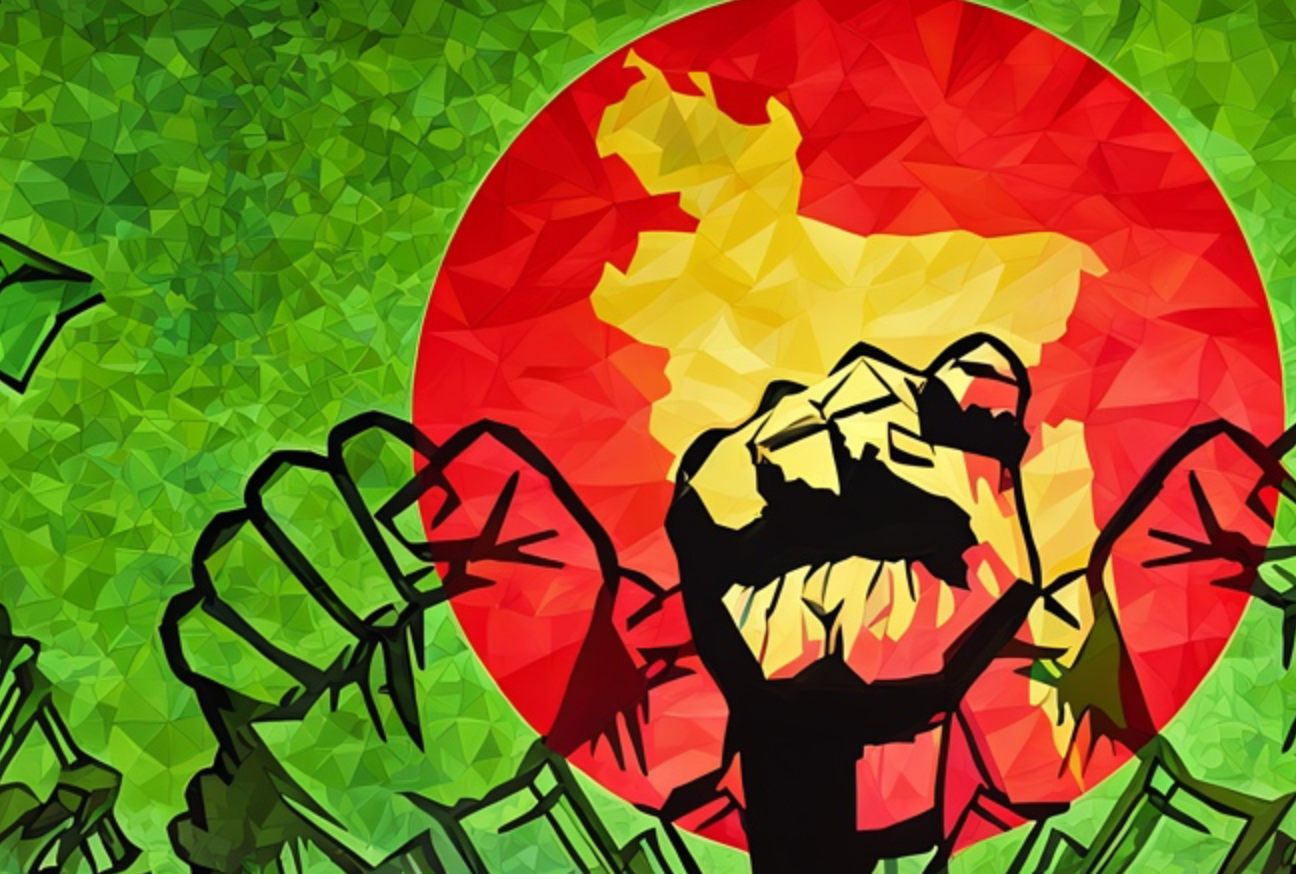
What lies ahead?
These are the kinds of memories that linger — that calcify.
Just as the India-Nepal border blockade [of 2015] remains a deeply felt wound in Kathmandu, India’s moves today will shape its image in the Bangladeshi public imagination long after the interim period ends.
And yet, despite the tension, signs of cautious normalization are emerging. Bangladesh has finally appointed a new high commissioner to New Delhi, six months after the last envoy left Delhi.
Trade flows between the two countries have not stopped. India remains Bangladesh’s second-largest trading partner, after China.
But no trade statistic can substitute for trust. And no amount of shared history can substitute for mutual respect.
If India wants a “stable, inclusive” Bangladesh, it must apply that principle in both rhetoric and action.
That means not just engaging with whoever is in power, but genuinely listening to what the people of Bangladesh are saying — about their past, their present, and the future they are struggling to build.
Bangladesh’s economy remains closely intertwined with India’s. We rely heavily on Indian imports — from basic essentials to industrial inputs, particularly for our vital garment industry.
But while trade continues, people-to-people ties have become a casualty of strained politics.
The recent reduction in visa issuance by New Delhi has hampered travel for Bangladeshi businesspeople, disrupting long-standing commercial relationships.
Even more troubling, medical patients — many of whom depend on India’s hospitals for specialized care — have found their treatment plans thrown into limbo.
China, predictably, has stepped in to fill the gap. Beijing has offered expanded medical cooperation, and Dhaka is now said to be exploring direct flights between Chittagong and Kunming to facilitate medical travel.
This is not a shift driven by preference, but by necessity.
If India is serious about maintaining goodwill with the Bangladeshi public, there are simple gestures that would go a long way. Easing visa restrictions would be a start — not just for businesses or patients, but for reinforcing the notion that India values people as much as policy.
Equally important would be a more humane approach to so-called “illegal” border crossers. The continuing reports of fatal shootings of unarmed Bangladeshis at the border have become a source of deep and enduring resentment.
This isn’t about excusing unlawful crossings. It’s about proportionality, about dignity.
If Prime Minister Modi can appeal for compassion when Indian fishermen stray into Sri Lankan waters, why can’t the same standard apply to Bangladeshi lives along the Indian border?
These are not mere policy quibbles. They speak to the character of a relationship. If India hopes to reframe its engagement with Bangladesh as people-centric — not just leader-centric — then it must stop appearing as if it is punishing an entire population for the downfall of one political ally.
After all, friendship between nations cannot thrive if it is only extended to those who are in power. It must reach the people who live in the everyday reality of that relationship — across borders, at hospitals, in business deals, and in moments of vulnerability.
—
Md Sazzad Amin is an entrepreneur and an armchair political analyst

